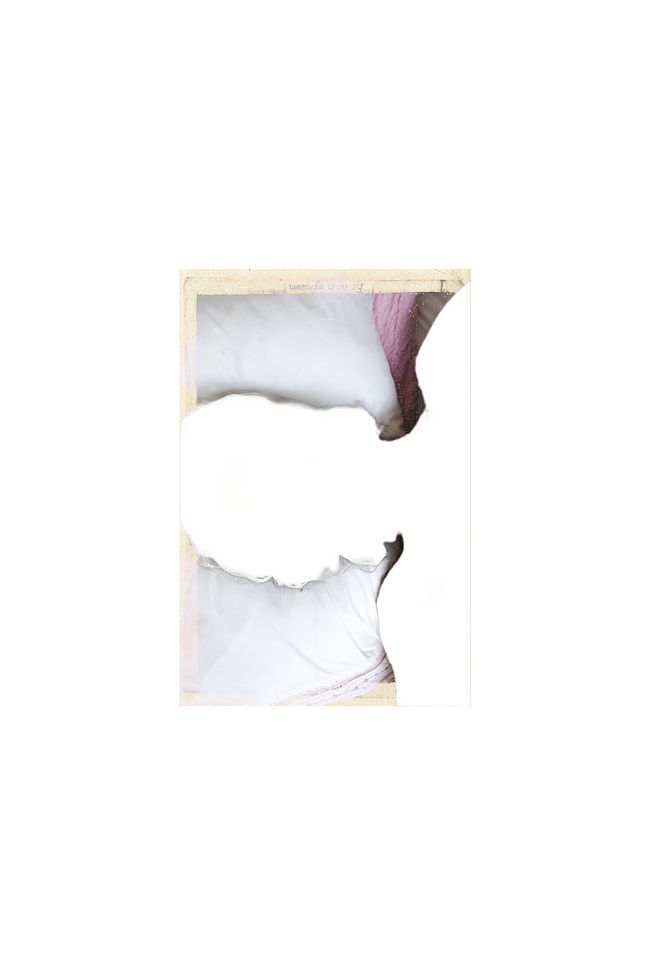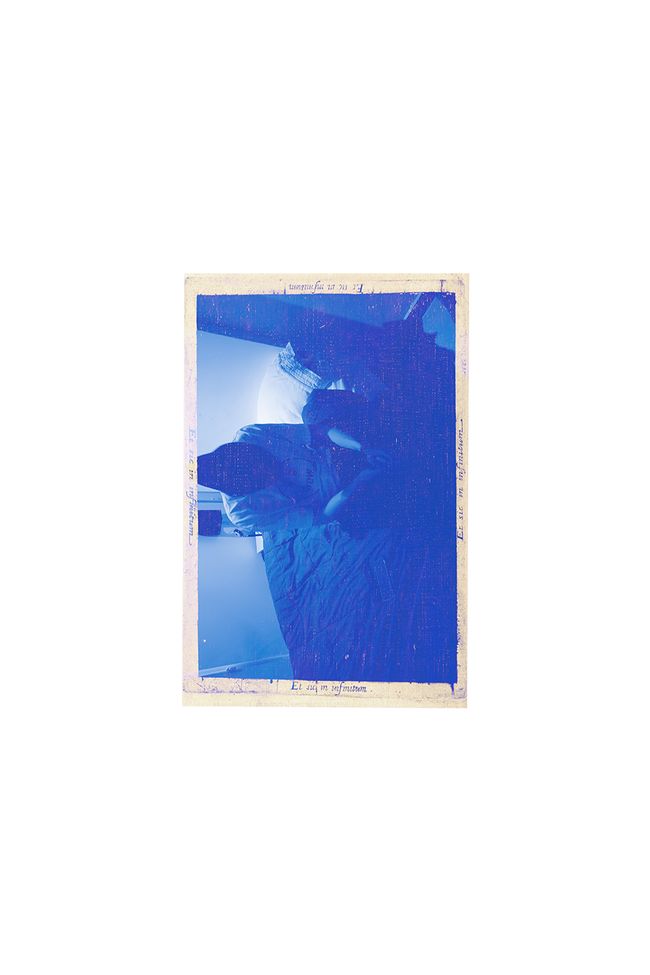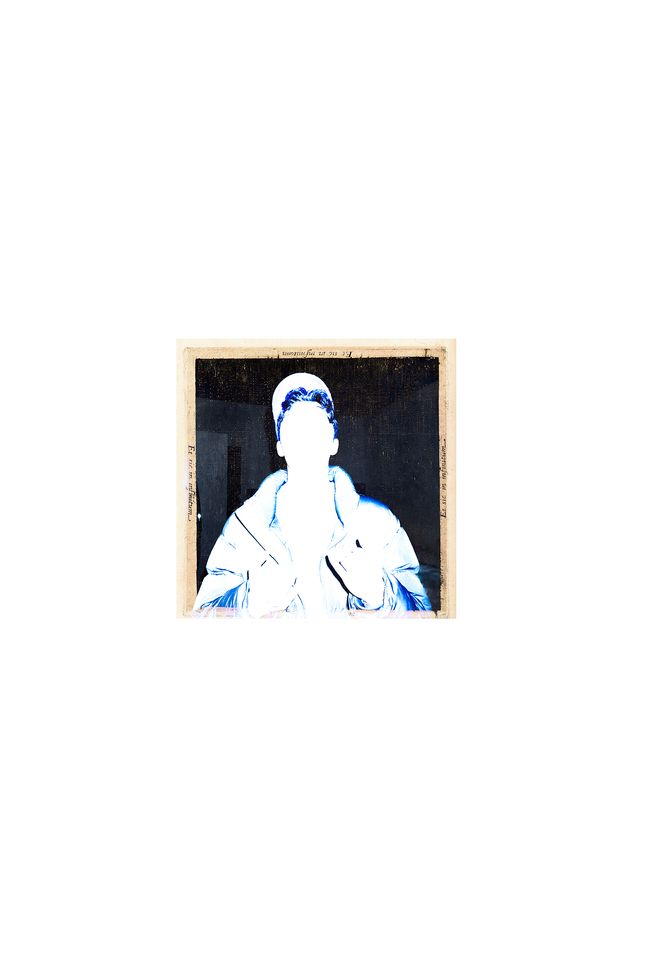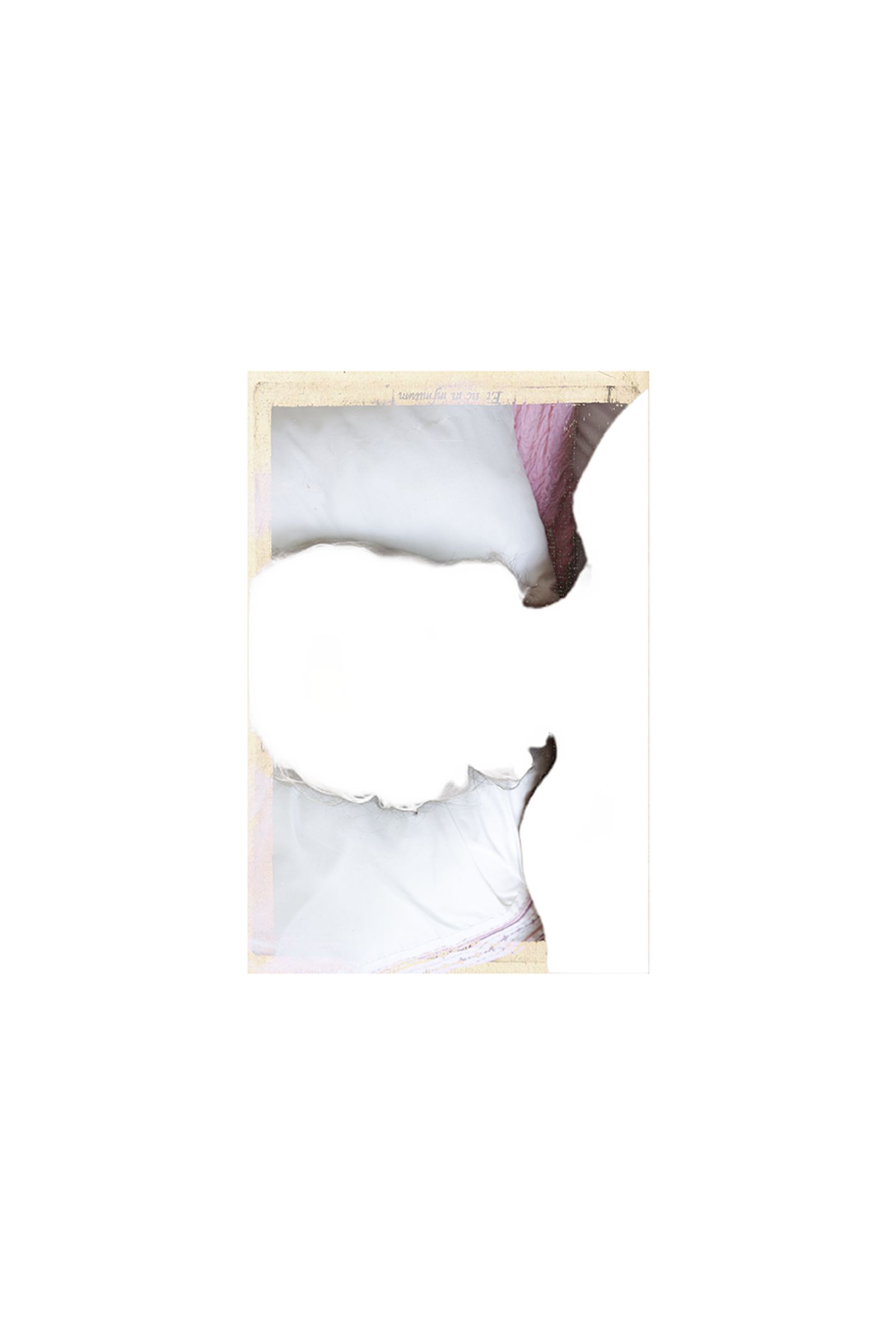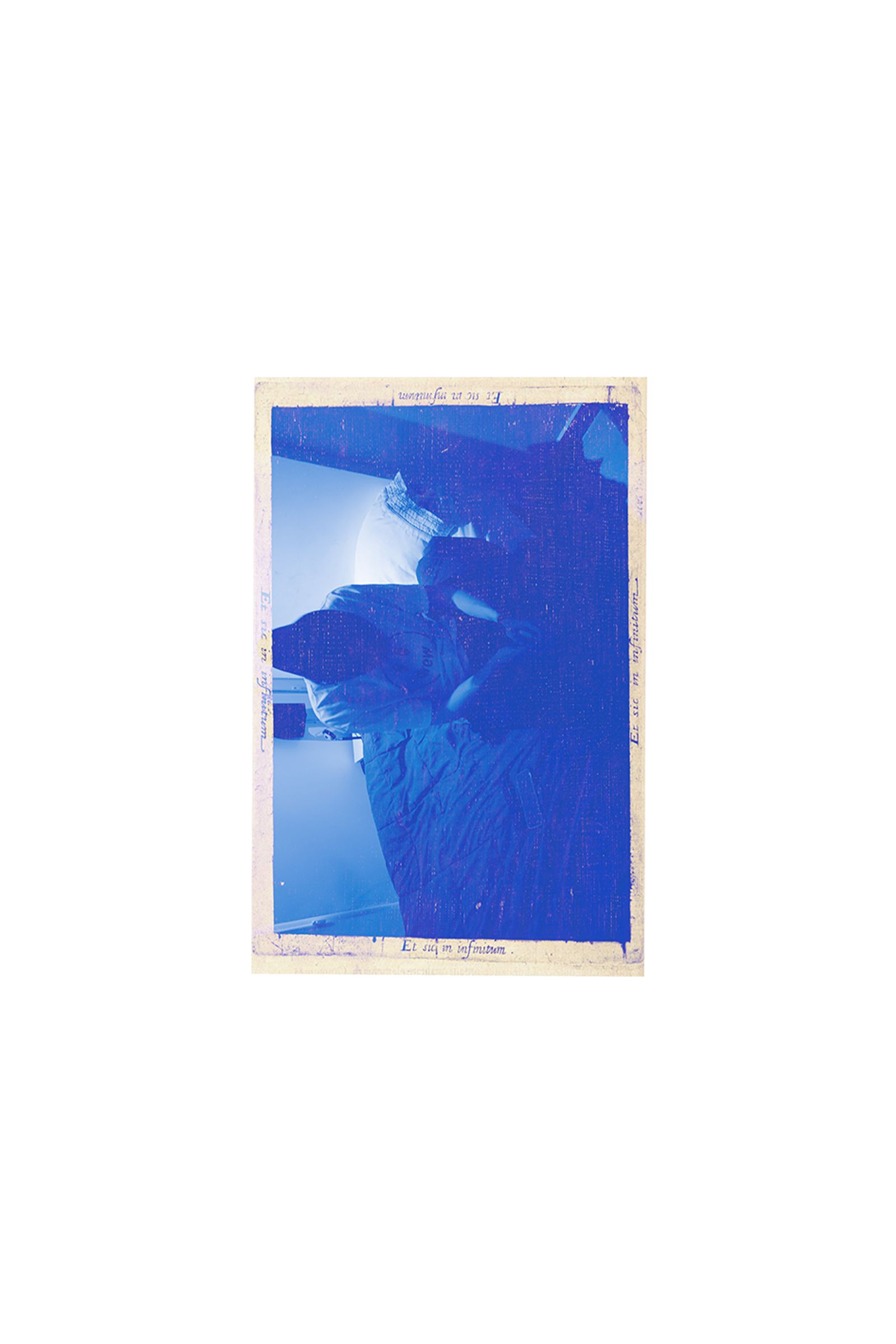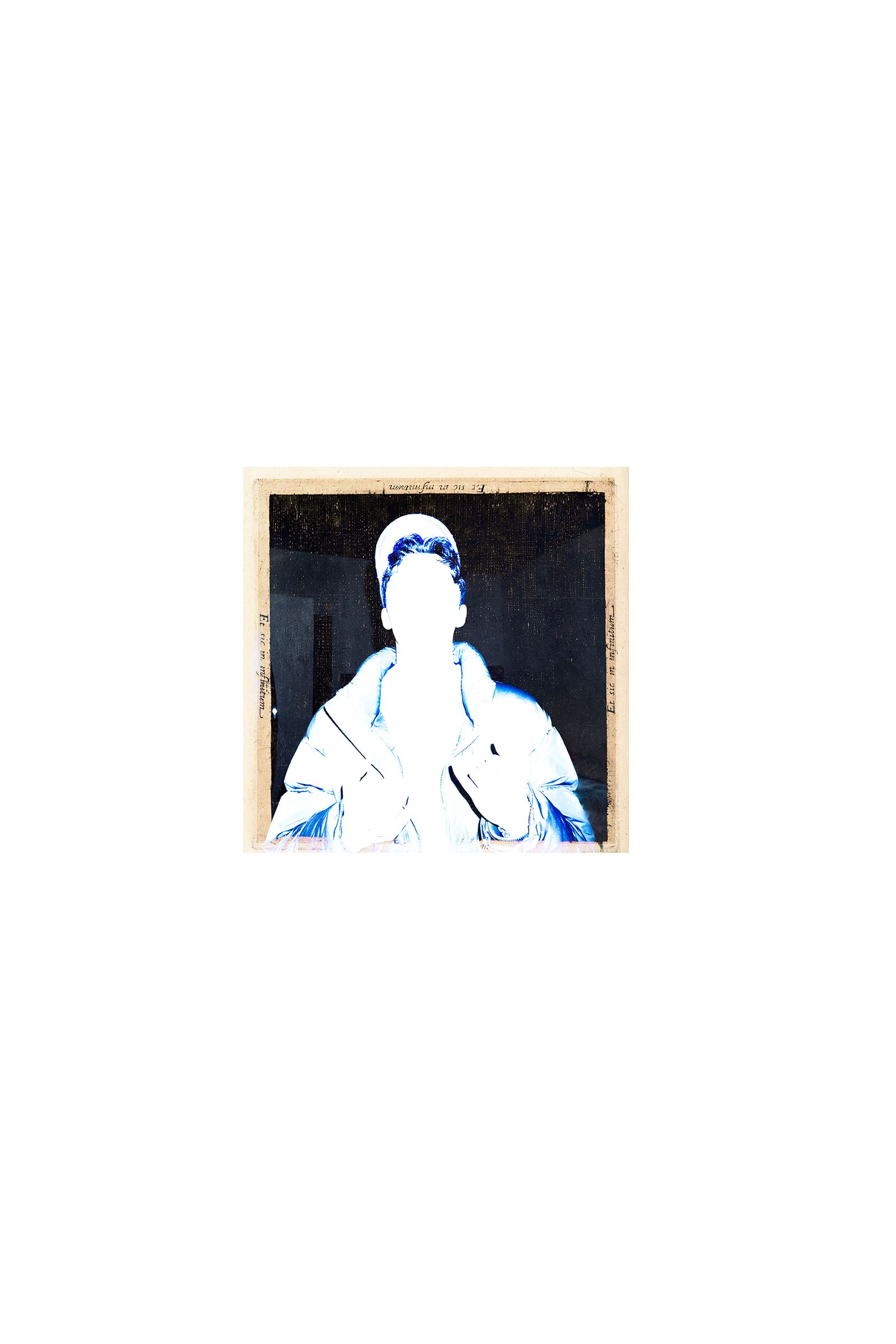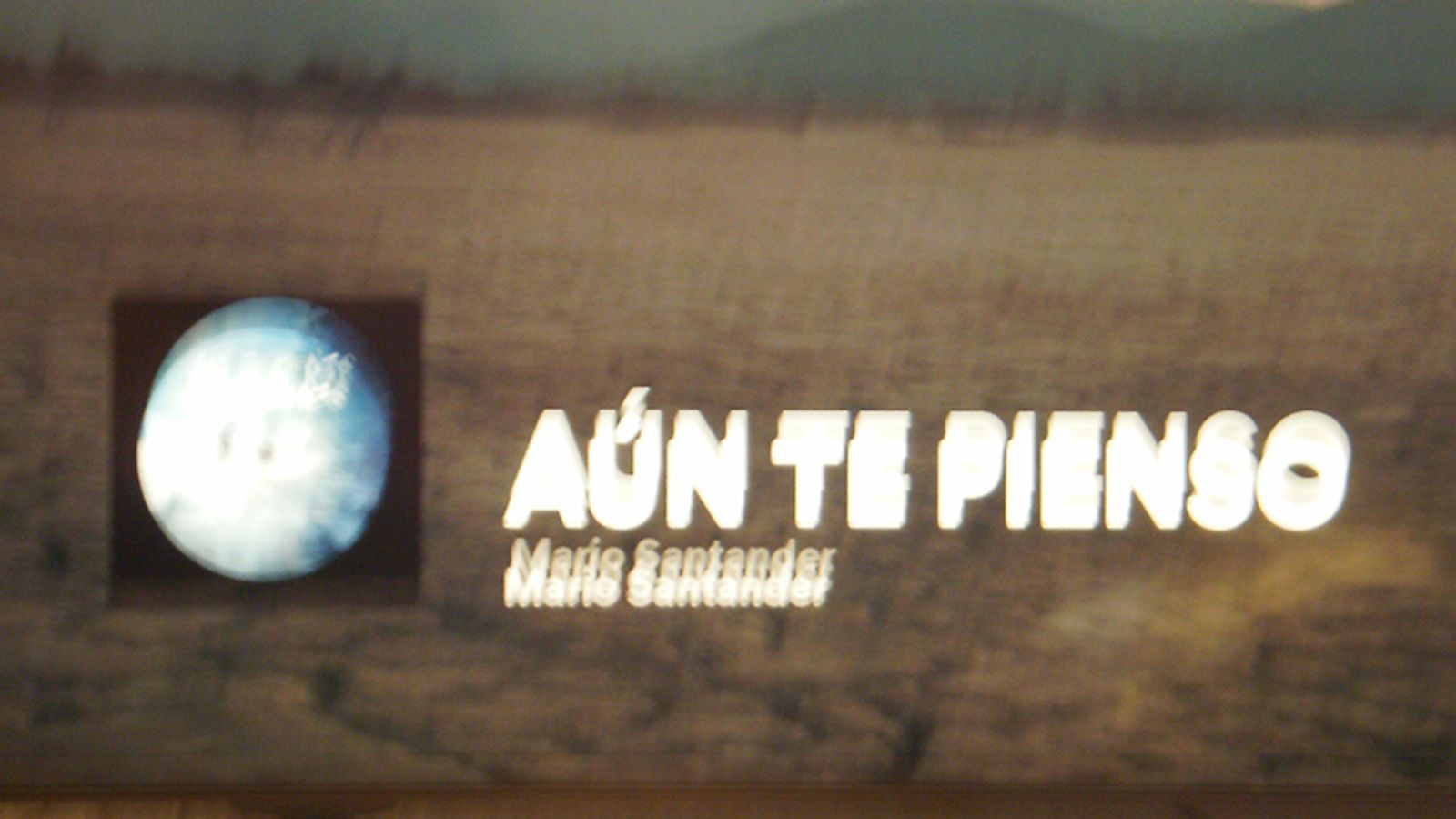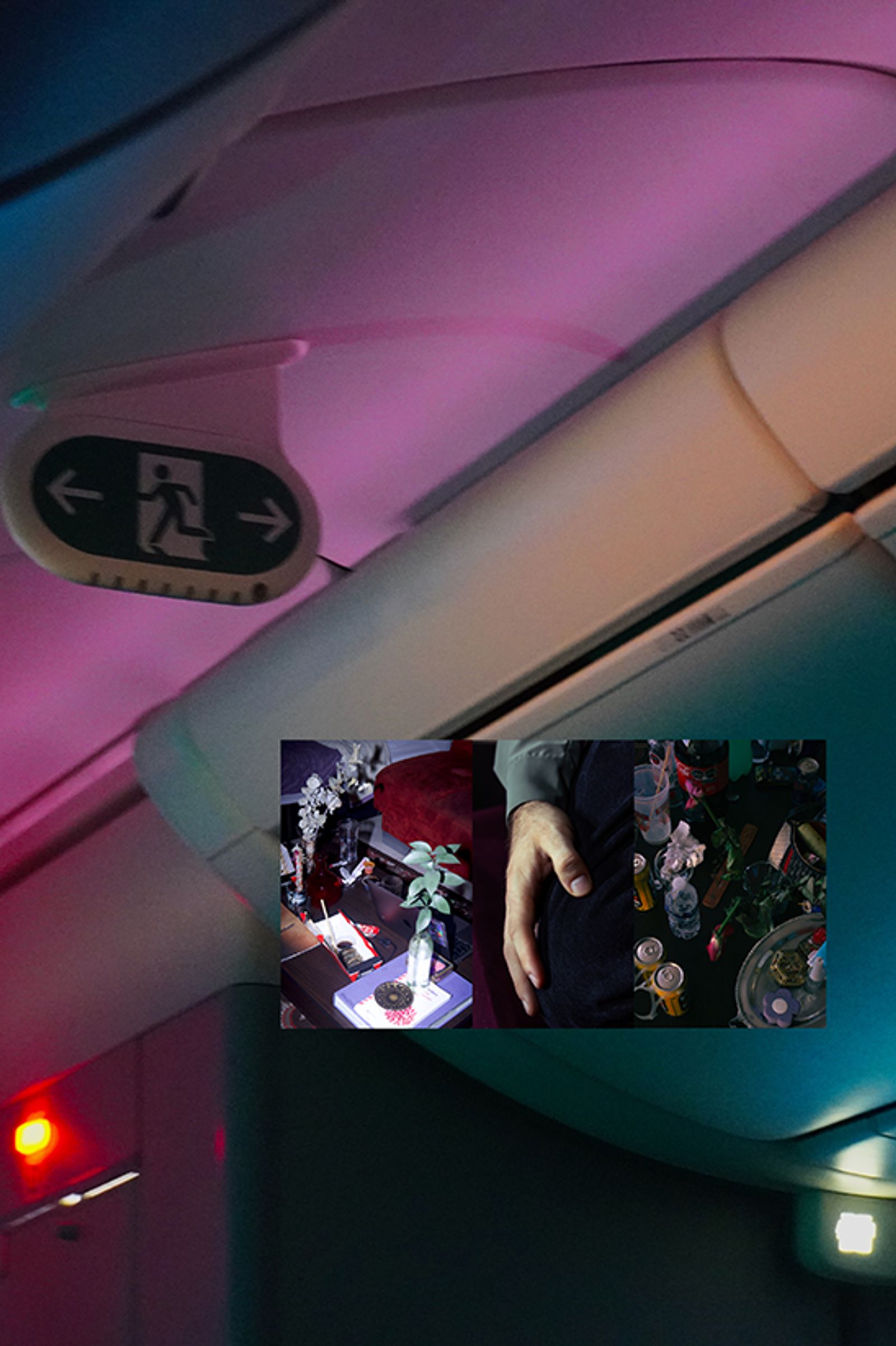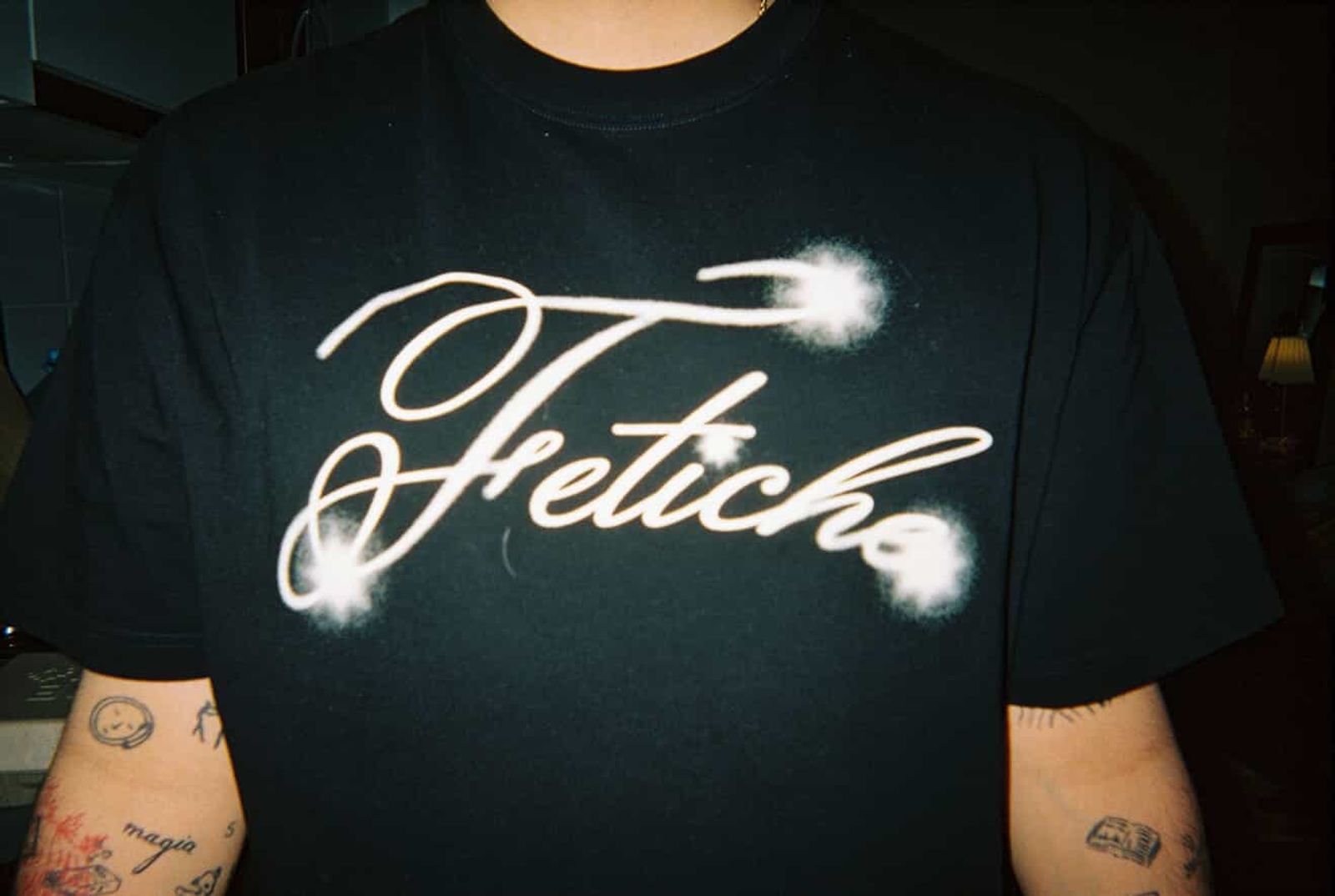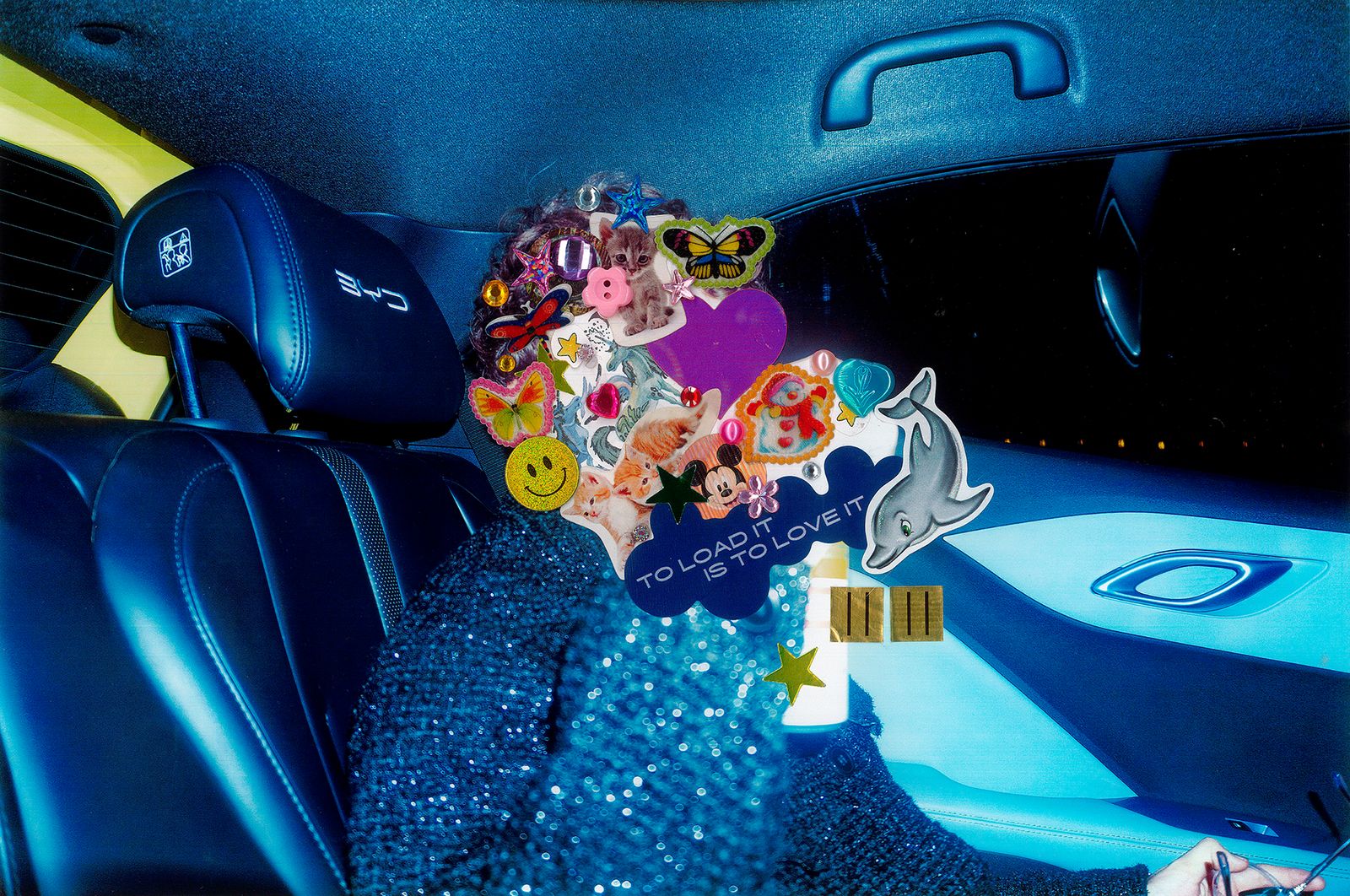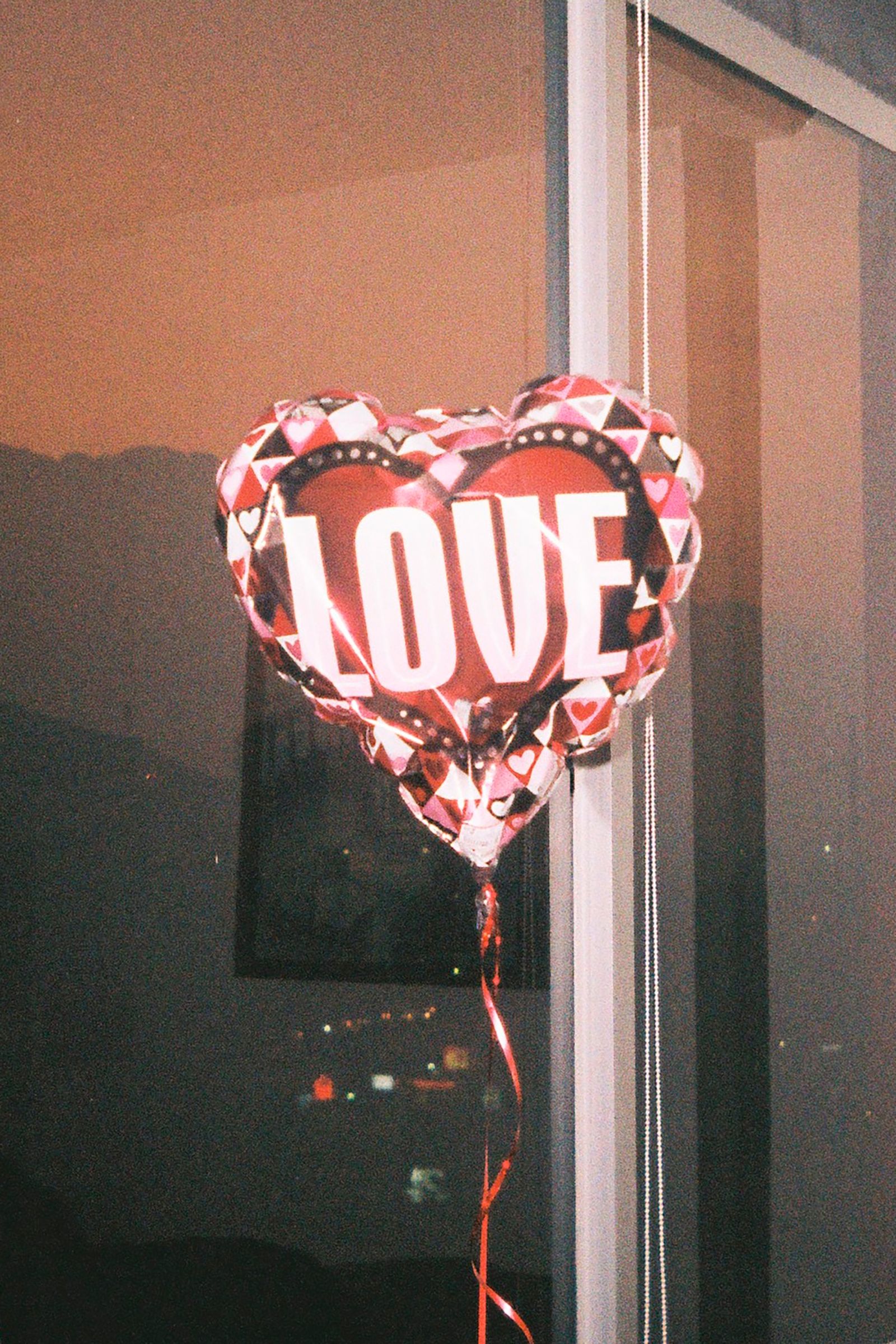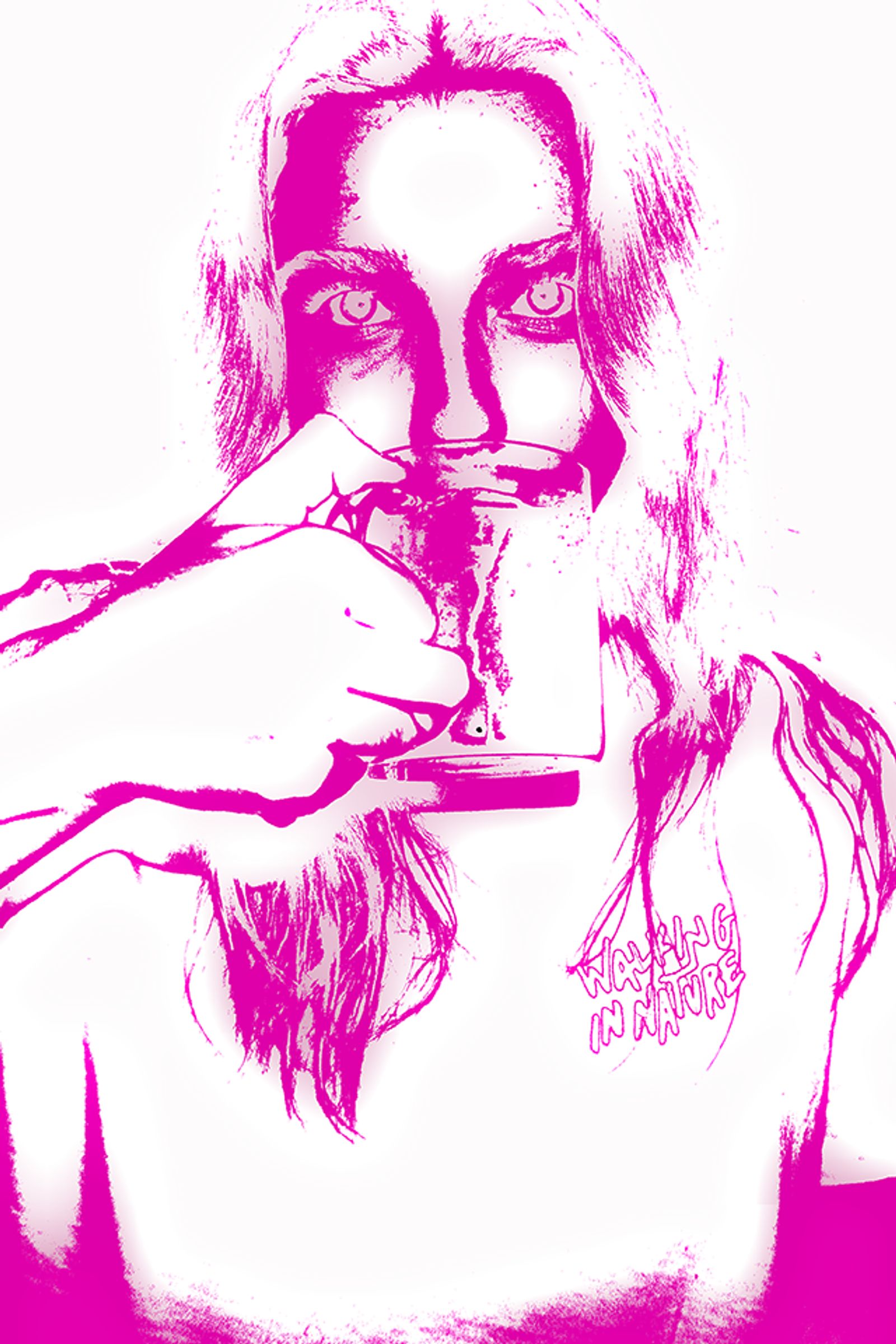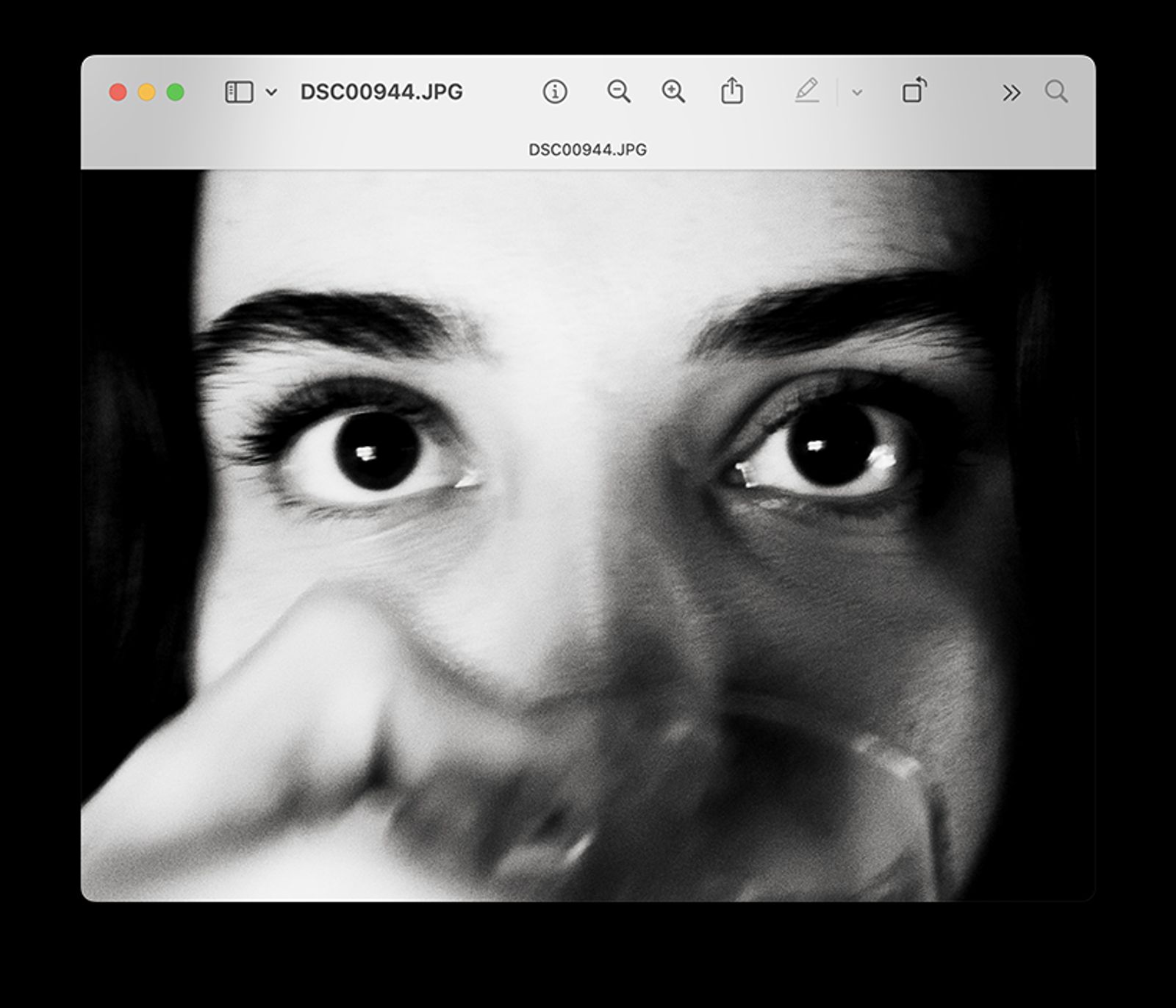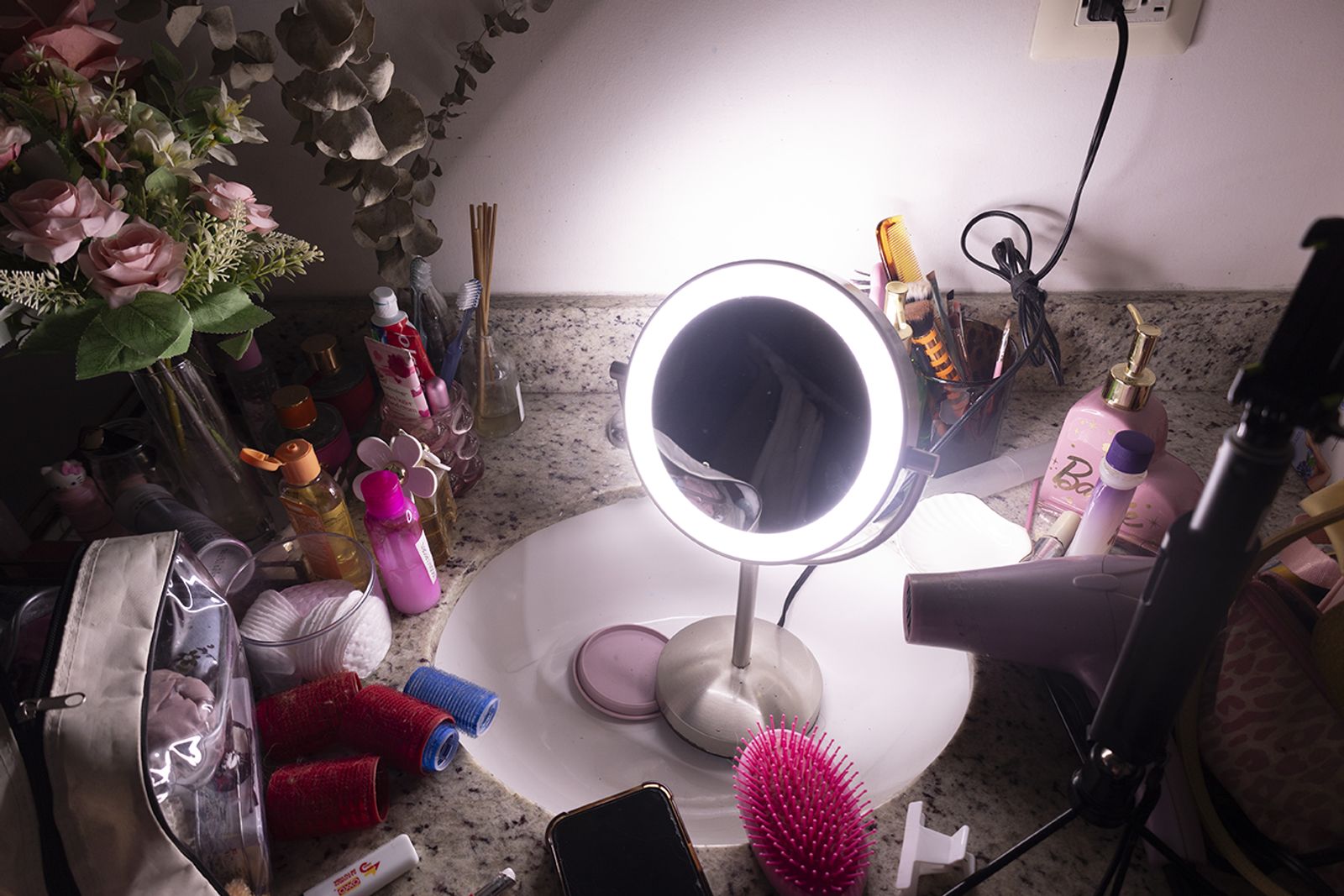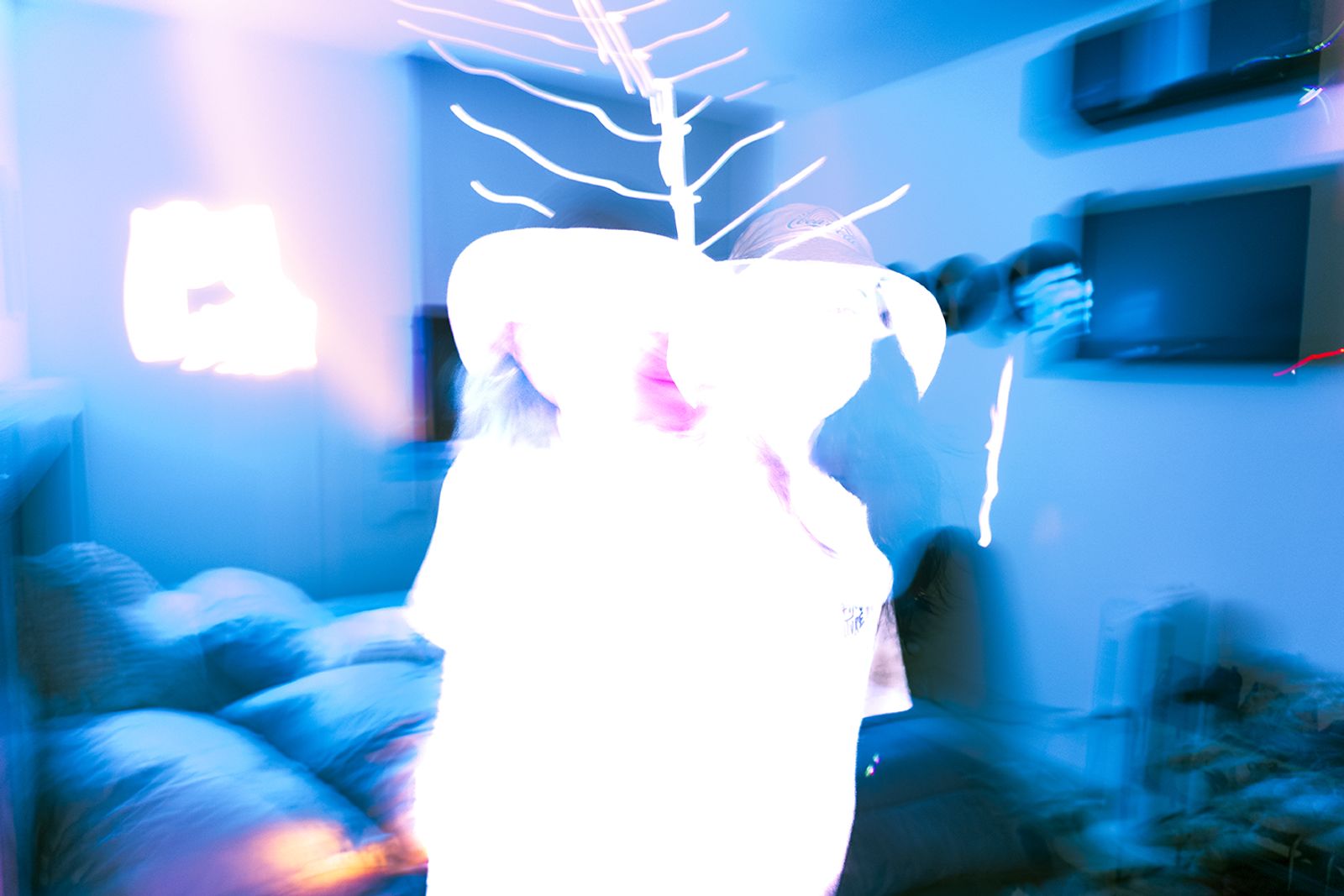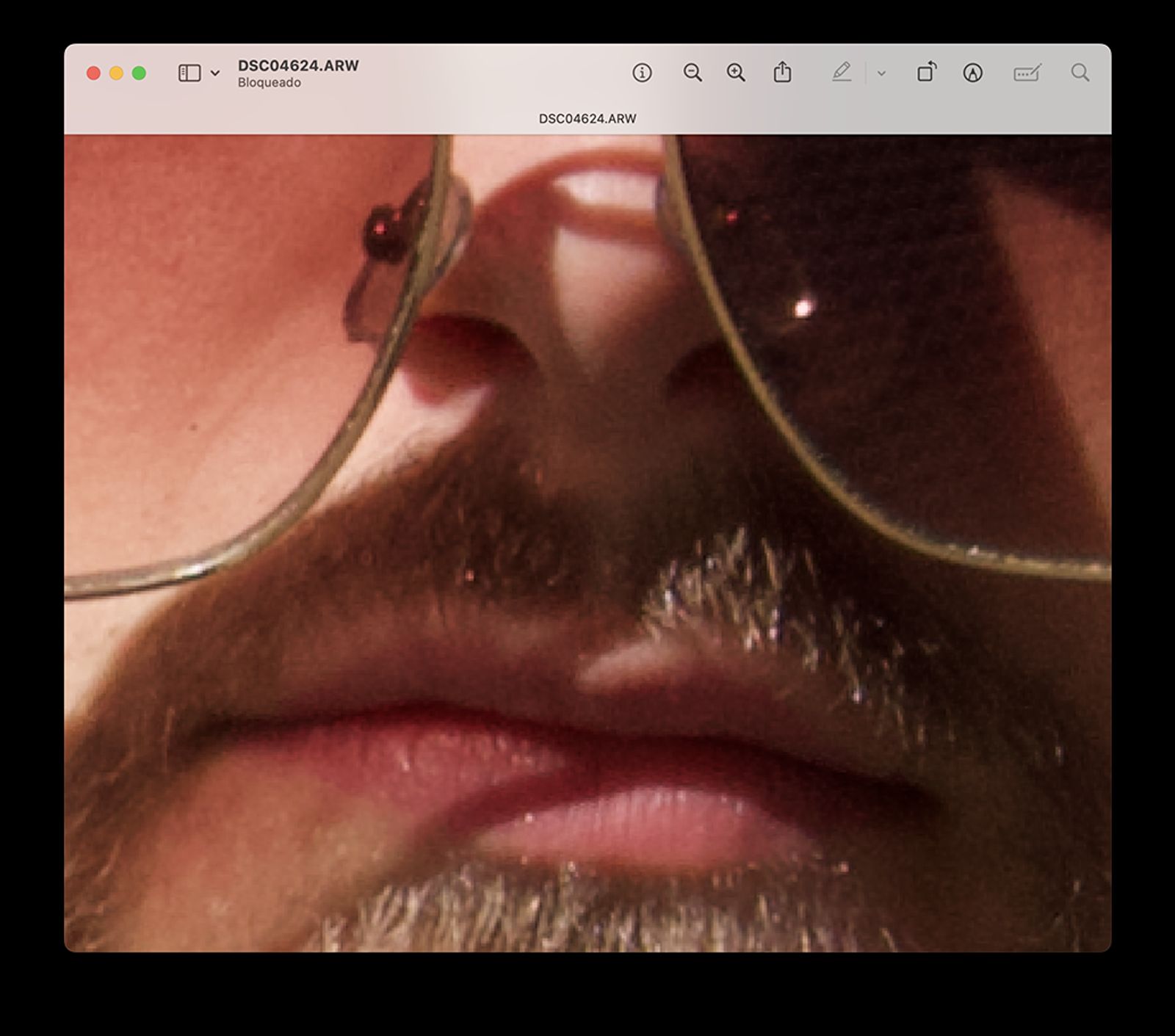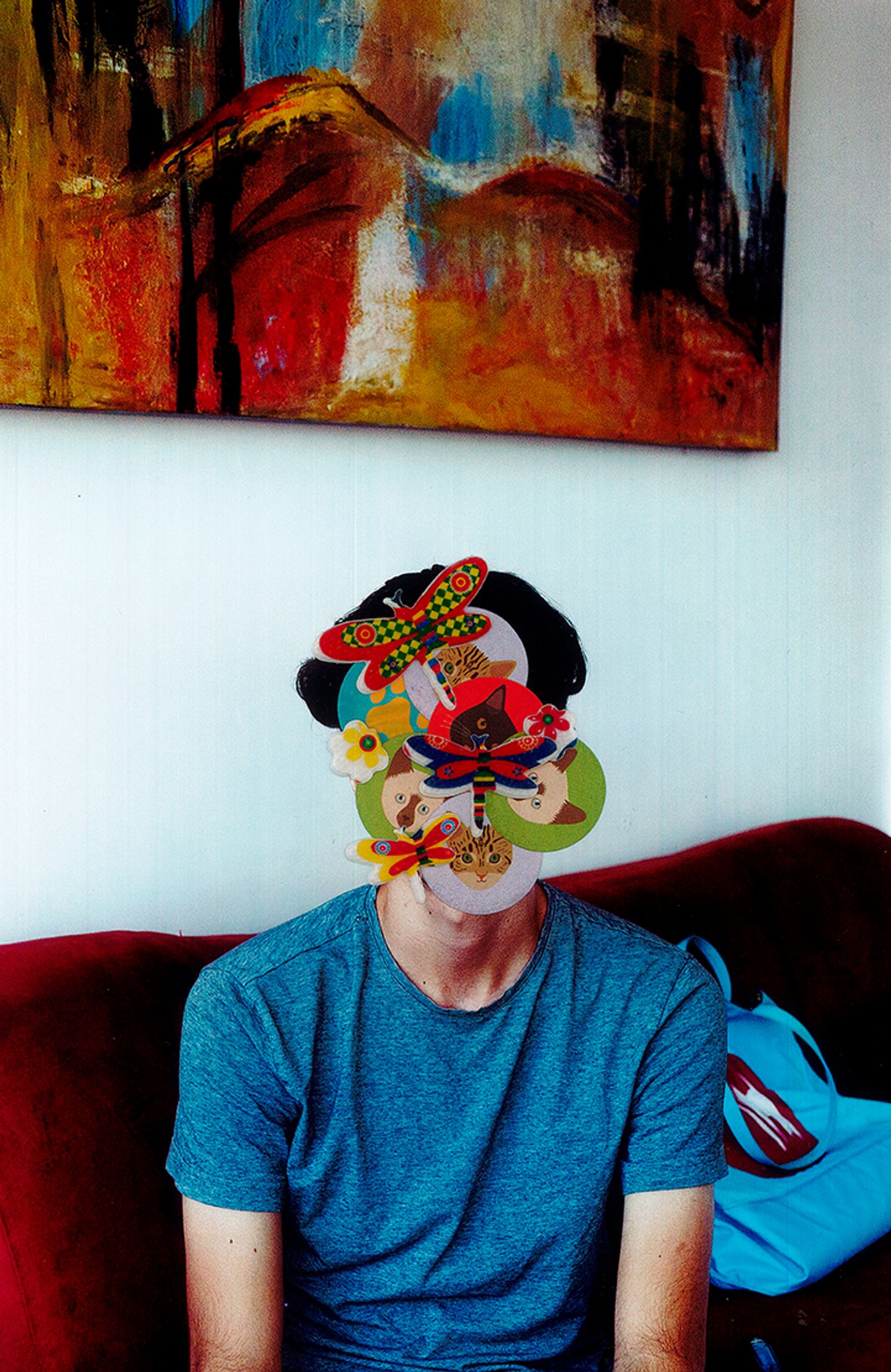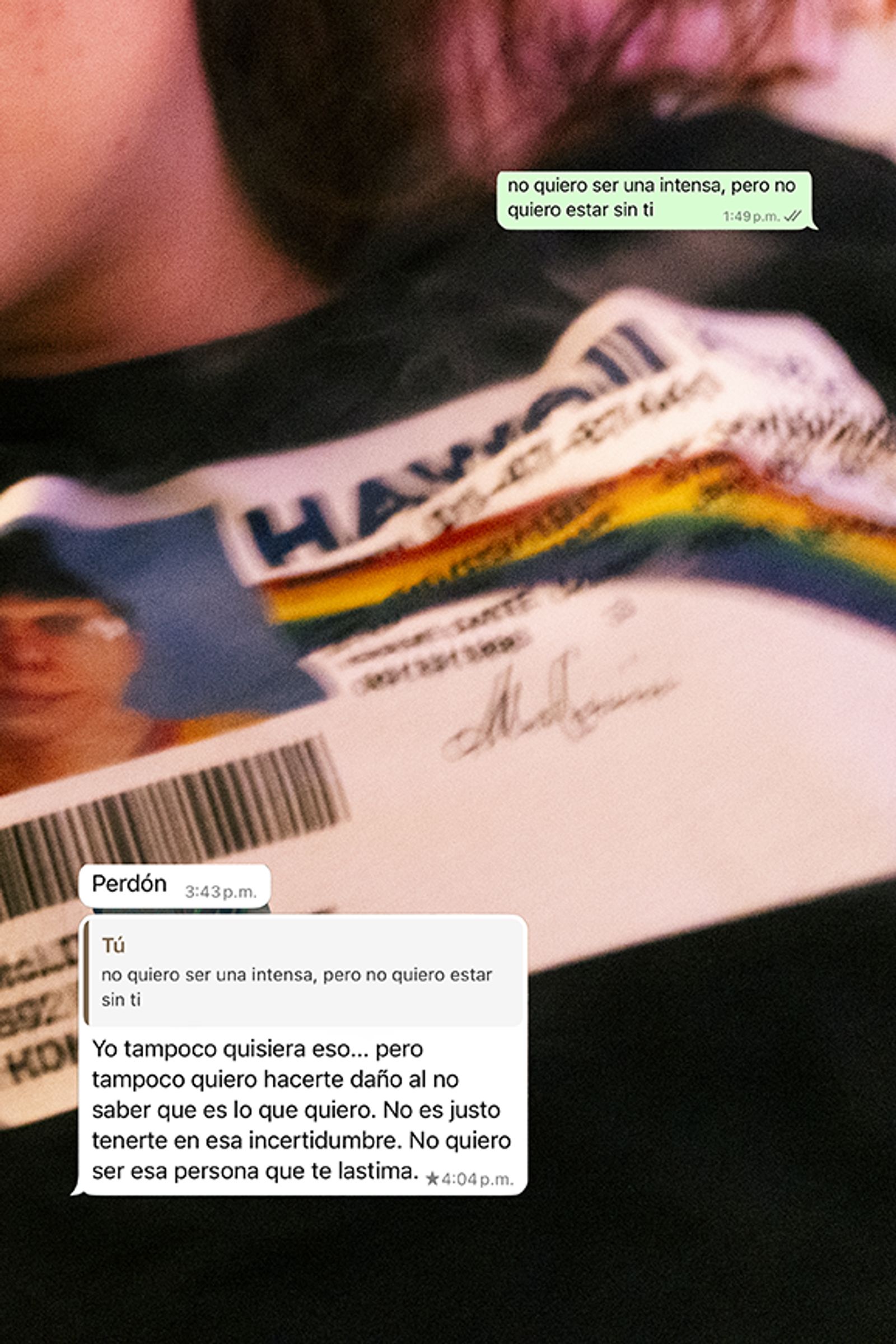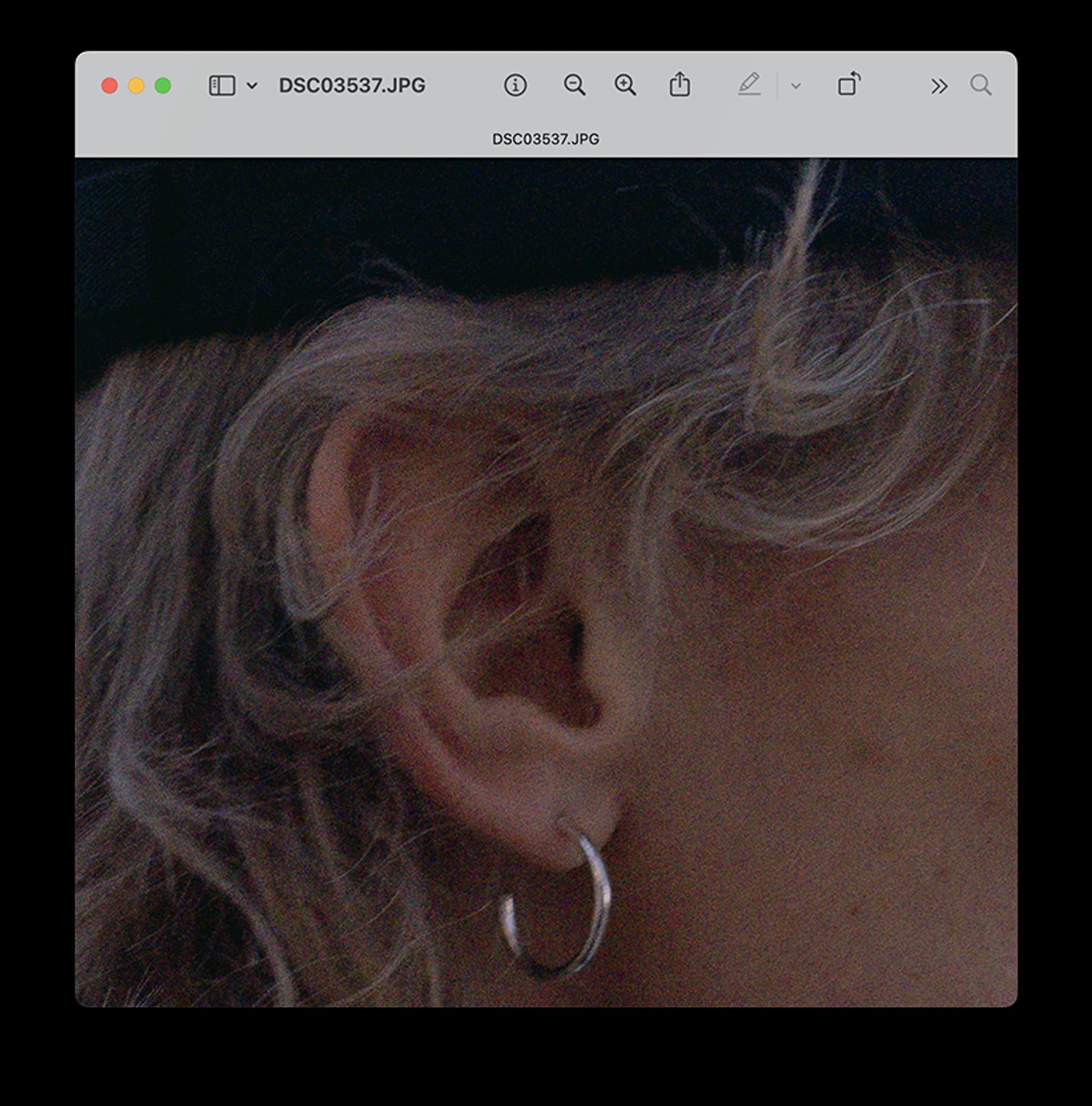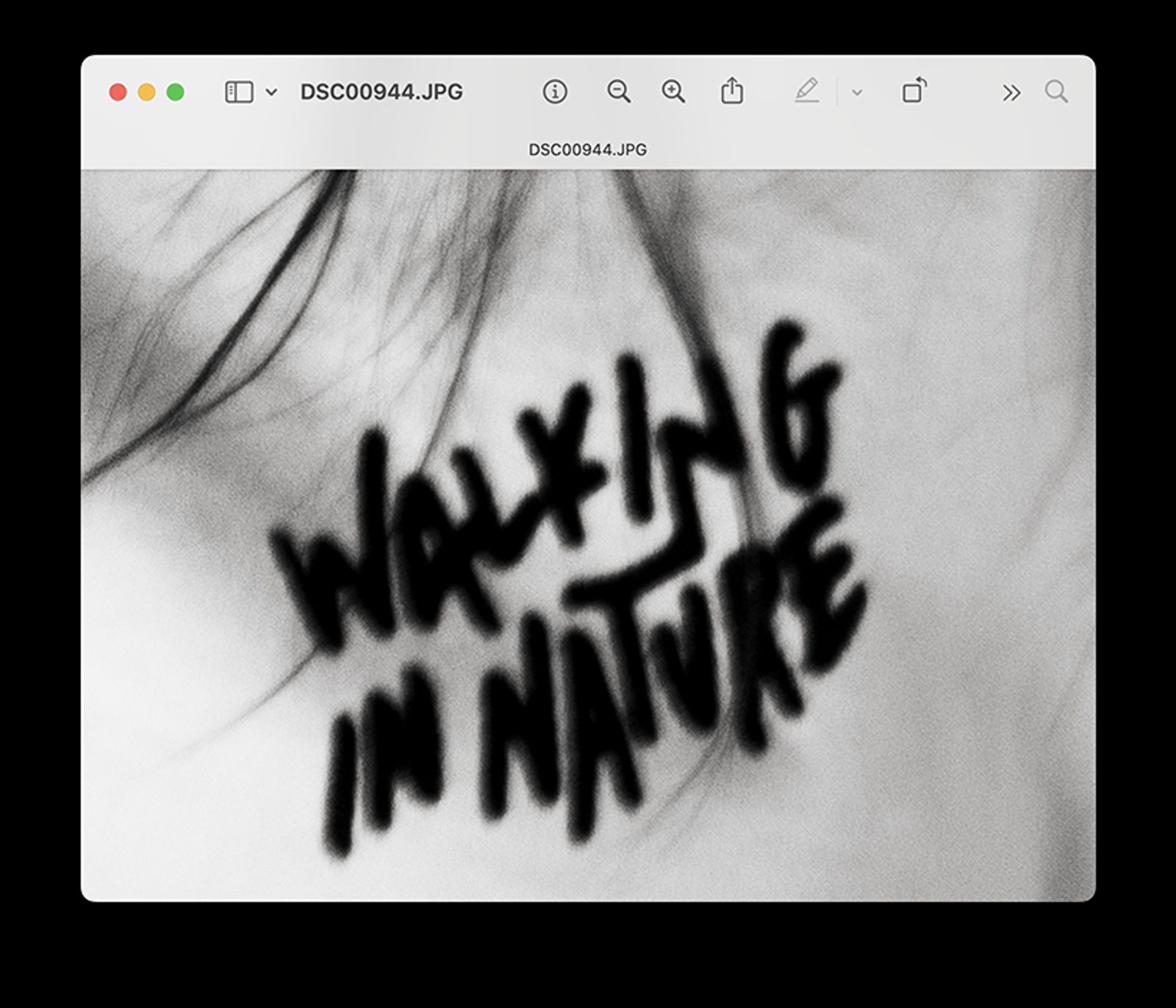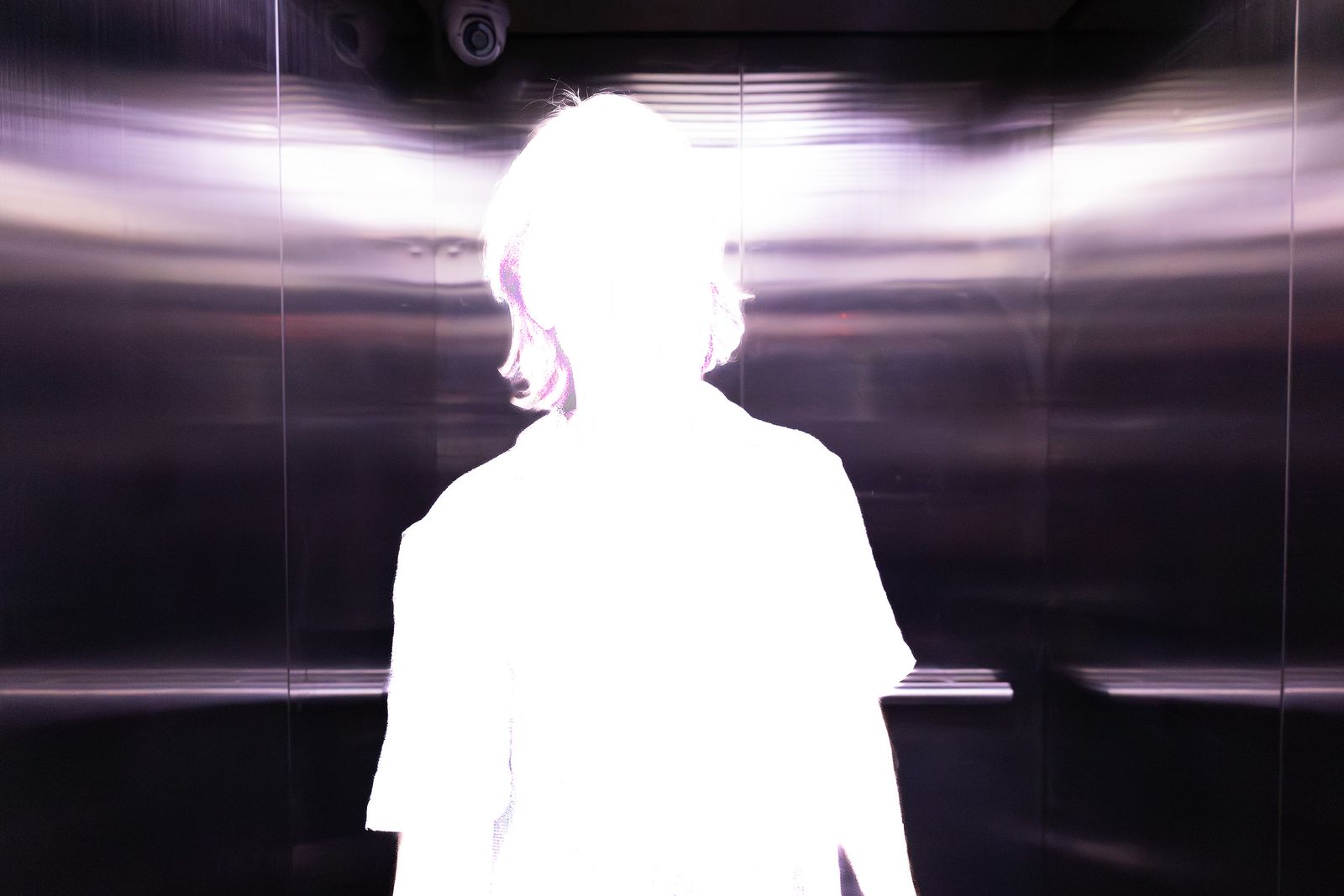WE'RE JUST STRANGERS
-
Dates2022 - 2025
-
Author
- Topics Archive, Daily Life, Documentary, Photobooks, Social Issues
We're Just Strangers, by Georgina Guexpal “...how far do the strategies, imperatives, and territories of seduction currently extend?” / “With our crave of immediate gratification, many of us have lost the ability to wait.”
In a world where love and intimacy are just a click away, the exhibition We're Just Strangers, by Georgina Guexpal, invites us to pause and look at the fragility of human bonds, through images that dialogue between the intimate and the political. This project addresses a new way of relating through dating apps and social media, where everything is rushed, ephemeral, and often uprooted due to hyper-individualism, the selling of oneself in a quick format.
The hyperconnectivity of the now doesn't really make us closer, but rather more distant from ourselves. Far from bringing us closer, we distance ourselves from each other because of ideologiessold through a screen. The digital age has become part of our collective nature, but are we truly vulnerable and human, or are they shields erected by our egos?
Inspired by the ideas of Zygmunt Bauman, the artist addresses the concept of love as a volatile, precarious bond marked by the logic of the market. In this way, the body and its vulnerability become a commodity, which generates an emotional void and fuels anxiety and loneliness. On the other hand, referencing Roland Barthes, we could say that the loving subject "inhabits waiting and longing." In the digital age, this state intensifies: messages that don't arrive, ghosting, love bombing, gestures frozen on the screen, landscapes of unfinished desire.
What does it mean to love and reveal oneself in times of hyperconnectivity? What are we looking for behind every swipe, every like, every word written and never responded to?
//
My name is Georgina Guexpal, originally from Córdoba, Veracruz.
In 2022, I moved to Monterrey. I found myself on my first night living alone—swiping through Bumble, searching for what would become my first match. That’s where it all began. I spent one of the most uncomfortable nights of my life, yet I didn’t stop there. I started meeting between one and three people a day, hoping to find the love I had been looking for. Every day, what motivated me to get out of bed was the thought of meeting a new stranger and believing that, maybe this time, it would be my ideal love. I never found it, but I began to enjoy the validation of the male gaze, and with it, a faint sense of companionship.
I noticed that my interactions started to follow a pattern — mostly fleeting, empty, anxious, one-night encounters. Most of them were people running away from commitment, the ones who would say, “Let’s just go with the flow and see what happens.” That intrigued me deeply. I couldn’t tell whether I was the cause of that behavior or if they were the ones with commitment issues. So, I decided to explore those dynamics. I began photographing the people I met — the shared spaces, the remnants of those encounters.
“Lack of connection, disappointment, and rejection are among the main causes of burnout in online dating…”
(Prendergast, 2025)
A Forbes study mentions the impact of dating apps on mental health and the conditions they create in their users. 78% of users experience burnout due to these platforms. This is not only happening in the United States or Mexico but also in Australia, where reports describe the sense of hopelessness toward love that new generations feel through these apps.
Over time, my inbox became a reflection of emotional excess and saturation: simultaneous conversations, fleeting bonds, and the illusion of instant love that would inevitably end in ghosting or love bombing.
Commitment became my enemy. My messages grew more distant, and I realized I could no longer build vulnerable, genuine connections. It wasn’t just the others who were running away — it was me too. I had unlearned how to love and how to be in a monogamous relationship; I no longer even knew what I wanted.
My detachment was born from fear and from the uncertainty that comes with having too many options — that constant feeling that everything can be replaced, and yet, no one ever feels good enough.
Dating apps stopped being a personal experience and became a collective symptom — a generational manifestation of affective anxiety and the inability to sustain meaningful connections in a context of immediacy and emptiness.
We cannot connect with others without first connecting with ourselves.
My search has become one of relearning the meaning of love, not infatuation — a love that is innocent, uncorrupted, and increasingly difficult to find in my context.
"...we now demand more from our partners than ever before.
Once, they were the person who helped raise a child or tend the farm. Over the years, they became a companion. But now, as psychologist Eli Finkel explains in his research, we have reached a point of ‘self-evolution,’ where we expect everything from our partner. We want them to be our intellectual equal, our business partner, an excellent co-parent, and an exceptional lover.”
(Robson, 2024)
This artistic project is not a conclusion but an open reflection meant to spark dialogue.
The re-signification of love — and the way we navigate it within these digital platforms — is crucial for the coexistence of future generations. Bars, cafés, and parks are no longer the only meeting spaces. This new modernity is an ecosystem, a digital nature that demands empathy.
Now we connect with multiple people simultaneously, across distances, yet in this virtual communication, much of our humanity gets lost. We decode each other through a handful of images rather than through physical presence.
We become data, not people. Emotions turn into transactions, and human connection is threatened by digital immediacy — creating an emotional void filled with anxiety, loneliness, and disconnection.
Therefore, it is essential to become aware of how we interact with the person behind the screen and to recognize how disposable we can be in the eyes of the commodification of love.
I do not aim merely to document these experiences, but to understand, reveal, and collectivize a generational condition that defines what it means to love in the age of hyperconnection.
